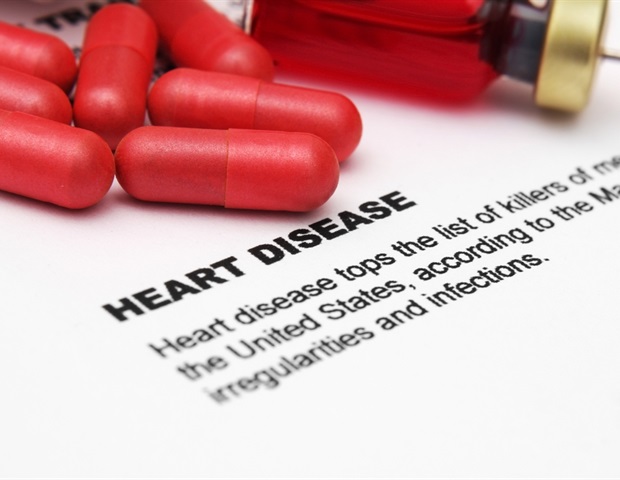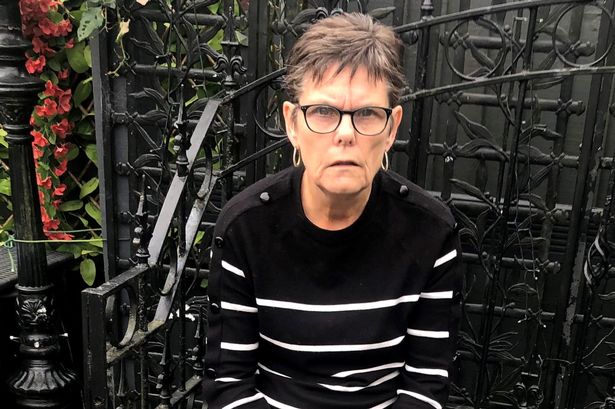Cardiac rehabilitation plays a crucial role in the recovery of individuals who have undergone heart surgery or suffered significant cardiovascular events. This comprehensive program not only aids in short-term recovery but also significantly lowers the chances of hospital readmission and future heart attacks. Despite these benefits, participation in cardiac rehabilitation remains low, particularly among women.
Research indicates that women are less likely to engage in these programs compared to men, and those who do often fail to complete the rehabilitation process. Several barriers contribute to this discrepancy, suggesting that current programs may not fully address the unique needs of female patients.
Understanding the Benefits of Cardiac Rehabilitation
According to Jessica Golbus, M.D., a cardiologist at University of Michigan Health Frankel Cardiovascular Center, cardiac rehabilitation offers universal benefits for all participants. These benefits include reduced risk factors for future cardiovascular issues, such as lower blood pressure and cholesterol levels, as well as improved overall quality of life.
Despite the lower participation rates among women, studies show that those who do engage in cardiac rehabilitation experience at least similar benefits as men. Golbus emphasizes the importance of discussing eligibility for cardiac rehabilitation with healthcare providers, urging patients to consider this vital program for their recovery.
Barriers to Participation for Women
The challenges women face in accessing cardiac rehabilitation are multifaceted. One significant issue is the lower referral rates for women compared to men. Golbus notes that clinician bias may contribute to this disparity, as women are less likely to have discussions about cardiac rehabilitation with their healthcare providers. This issue is particularly pronounced among women from underrepresented racial groups.
Other barriers include difficulties with insurance coverage, transportation challenges, and social isolation. Many women also carry caregiving responsibilities, which can impede their ability to enroll in rehabilitation programs.
Women recovering from cardiovascular events may have specific needs that are not addressed in standard rehabilitation programs. Research indicates that both men and women can experience depression and psychosocial distress following a cardiac event, but these issues are often more severe in women. Additionally, women tend to be older at the time of their heart events and may have coexisting health conditions that limit their ability to engage in exercise.
Strategies to Improve Participation Rates
To address the disparities in cardiac rehabilitation participation among women, experts like Golbus advocate for targeted interventions. One immediate approach is to increase referral rates for women. Studies have shown that implementing an automatic referral system can significantly enhance enrollment numbers.
Other effective strategies may include obtaining personalized physician recommendations or using case managers to facilitate enrollment. Tailoring rehabilitation programs to meet women’s specific needs can also be beneficial. This could involve offering a wider variety of exercise options, focused educational resources, and enhanced psychosocial support.
Peer support groups can play a pivotal role in improving outcomes for women post-cardiovascular events. Participation in these groups has been linked to higher quality of life and reduced levels of depression and anxiety, all of which can positively influence attendance in cardiac rehabilitation programs.
Exploring virtual cardiac rehabilitation options is another avenue for improving access. By incorporating digital health technologies, programs can eliminate transportation hurdles, making it easier for women and other patients to participate in rehabilitation sessions from home.
As the field continues to evolve, addressing these disparities will be essential for ensuring that all patients, regardless of gender, receive the necessary support for optimal recovery. The findings from Golbus and her colleagues’ October 2025 report published in Circulation highlight the urgent need for change in how cardiac rehabilitation is approached and delivered to women.







